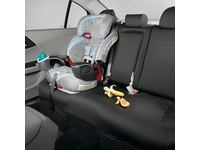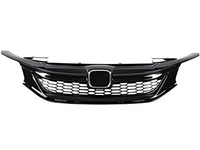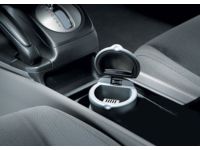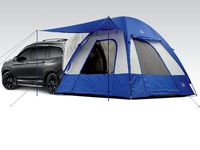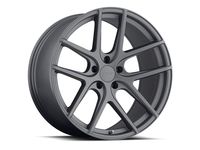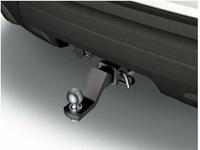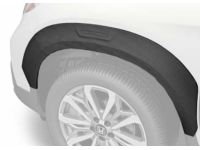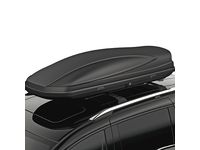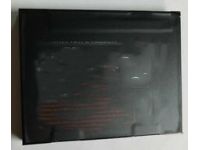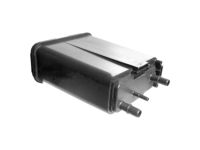- Live Chat
- 1-888-984-2011

Why choose HondaPartsNow
- Unbeatable Prices
HondaPartsNow.com is your prime online source for discounted prices. We offer high-quality options for your vehicle that can't be found anywhere else. HondaPartsNow.com offers genuine parts at discounted prices, allowing you to keep your vehicle running at its peak without straining your budget.
- Dedicated Service
HondaPartsNow.com ranks second to none in devoted customer service. We strive to exceed the customer's expectations and build relationships with the customers. We are always ready to assist you with any inquiry or detail about your vehicle's parts and accessories.
- Rapid Delivery
HondaPartsNow.com is devoted to combining genuine Honda Passport parts and accessories with fast and affordable shipping. Most items listed in our catalog are in stock and are shipped out promptly after the order has been successfully processed. This guarantees you receive the parts your vehicle needs without needing to leave your home in just a matter of days.
Popular Genuine Honda Passport Parts
- Electrical / Exhaust / Heater / Fuel Parts View More >
- Chassis Parts View More >
- Engine Parts View More >
- Interior / Bumper Parts View More >
- Body / Air Conditioning Parts View More >
- Accessories View More >
Shop Genuine Honda Passport Parts with HondaPartsNow.com
The Honda Passport, initially a mid-size SUV (1993-2002) and now a mid-size crossover SUV (2019-present), showcases Honda's constant evolution in automobile technology. The first-generation Passport, with trims like the base DX, mid-range LX, and upscale EX, came with options such as a 5-speed manual or 4-speed automatic transmission, rear-wheel or four-wheel drive, and engines ranging from a 2.6 L four-cylinder to a 3.2 L V6. The second generation, assembled in Lafayette, Indiana, simplified the offering to two trims - LX and EX, but added features like 2-tone exterior colors and optional 16-inch wheels for LX. The third and current generation Passport debuted at the 2018 Los Angeles Auto Show, with sales commencing in February 2019. Designed and manufactured in the US, it's built on the third-generation Honda Pilot and is geared towards competing with 2-row crossovers like the Chevrolet Blazer, Ford Edge, and Nissan Murano. The Passport comes loaded with modern amenities like Bluetooth for hands-free calling and wireless audio streaming, Honda Sensing suite of driver assistance technologies, Honda LaneWatch camera system, keyless access, push-button start, air conditioning, alloy wheels, and power windows, door locks and mirrors. Its performance credentials are bolstered by a 3.5L J35Y6 engine producing 280 hp, mated to a nine-speed automatic transmission. The Honda Passport is a testament to Honda's commitment to innovation, safety, and comfort in their vehicle lineup.
The Honda Passport is a reliable vehicle, yet over time and accumulated mileage, certain parts are prone to wear and tear. Engine performance issues often become noticeable around 100,000 miles, with symptoms such as whining, knocking or rattling noises from the engine, increased oil consumption, hard starting or overheating. These issues may involve parts such as the throttle body, thermostat gasket, fuel pump, timing cover, valve cover gasket, or timing belt. Suspension failure is another common issue, hindering the driving experience with excessive vibration, bouncing, and noises from the tire area. The cause may lie with the coil springs, coil spring insulator, or sway bar bushing. Routine maintenance is vital to keeping the Passport in top condition; fogged-up fog light lenses and headlights could lead to dangerous driving conditions, while the window regulator, hood cable and emblem are all susceptible to wear and thus require regular checks and care.
OEM components are subjected to rigorous quality control assessments, ensuring their superior quality and resilience. With an extensive inventory of OEM Honda Passport parts, such as Transmission - Automatic, Transmission - Manual at the most competitive prices online, our website is your one-stop shop. Each genuine Honda Passport part we carry is backed by a manufacturer's warranty. We also offer a trouble-free return policy and expedited delivery services, assuring you of a seamless and satisfactory shopping experience.
Honda Passport Parts Questions & Answers
- Q: How Can I Remove the Battery's Surface Charge and Perform Accurate Voltage Measurements on Honda Passport?A: The battery's surface charge must be removed before accurate voltage measurements can be made, so turn On the high beams for ten seconds, then turn them Off, let the vehicle stand for two minutes. Check the battery state of charge by visually inspecting the indicator eye on the top of the battery, if the indicator eye is clear, charge the battery. Perform an open voltage circuit test using a digital voltmeter and a battery load test using a special battery load testing tool. Disconnect the cable from the negative battery terminal, disconnect the positive battery cable, remove the battery retainer bolt and retainer, lift the battery off the battery tray and remove the battery insulator. Inspect the tray, retainer brackets and related fasteners for corrosion or damage, clean and service the battery and cables, and if replacing the battery, make sure it is identical to yours with the same dimensions, amperage rating, cold cranking amps rating, etc. Installation is the reverse of removal, connect the positive cable first and the negative cable last, and apply a light coating of petroleum jelly or grease to the connections to help prevent corrosion.
- Q: How to check,repalce,maintenance and diagnosis Canister Purge Valve and Vapor Canister on Honda Passport?A: The EVAP system consists of a charcoal-filled canister, canister purge valve, and the lines connecting the canister to the fuel tank, ported vacuum, and intake manifold vacuum. Poor idle, stalling, and poor driveability can be caused by an inoperative purge control solenoid, a damaged canister, split or cracked hoses, or hoses connected to the wrong tubes. Inspect each hose attached to the canister for kinks, leaks, and breaks. Apply a short length of hose to the lower tube of the purge control valve and attempt to blow through it. With a hand-held vacuum pump, apply vacuum to the EGR and canister purge control valve. For earlier models, label, then detach, all vacuum lines from the canister. For the 1996 and later OBD-II models, raise the rear of the vehicle and disconnect all hoses from the EVAP canister. Disconnect the electrical connector from the EVAP canister vent solenoid and remove the EVAP canister and mounting bracket. For the fuel tank pressure sensor, lower the fuel tank and disconnect the electrical connector. For the EVAP canister purge valve solenoid, disconnect the electrical connector and hoses.















































